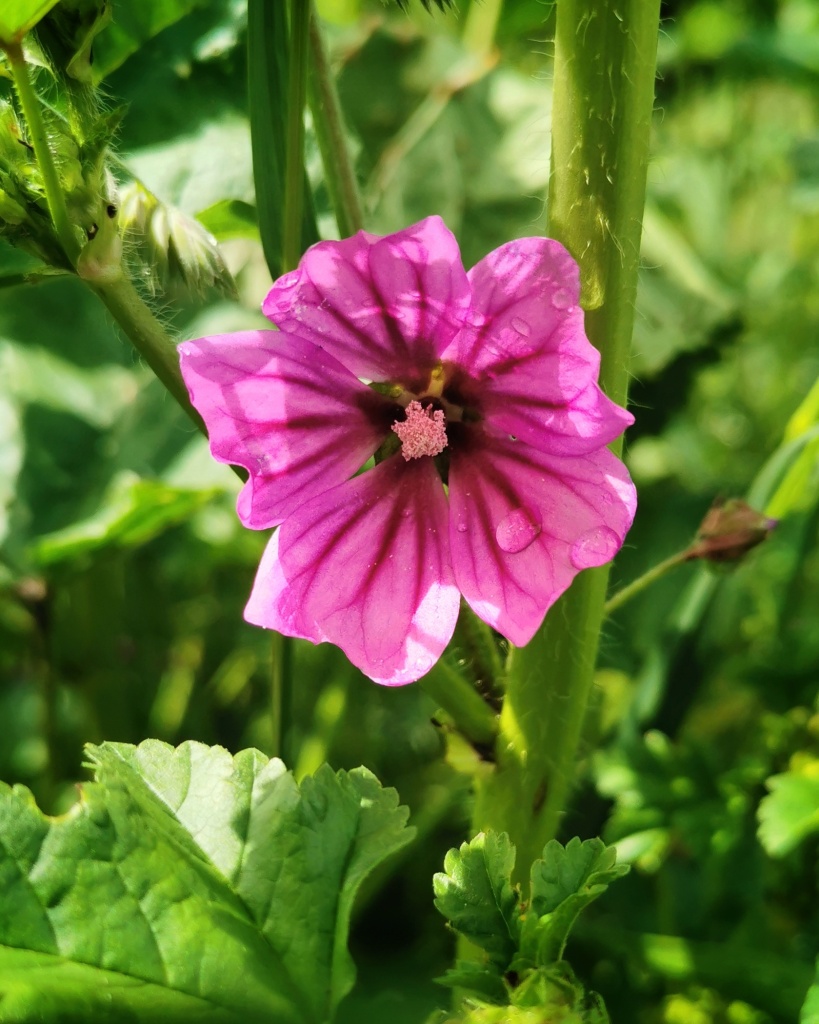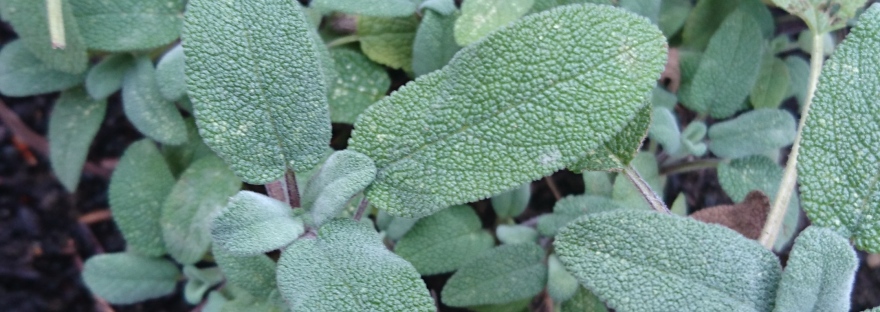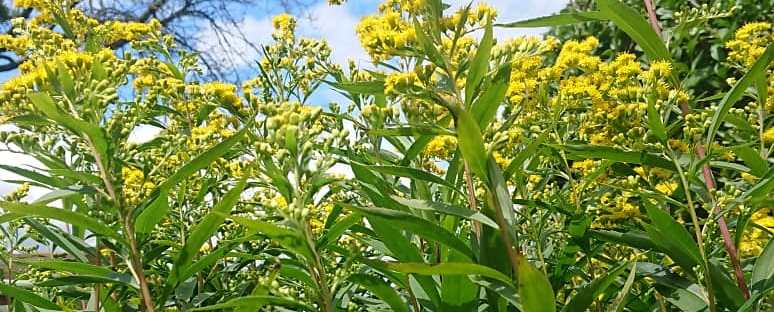How are you, on these stormy January days?
As the wheel of the year continues to turn, we head towards Imbolc, celebrated on and around the 1st of February. Imbolc is the mid point between the Winter Solstice (Yule) and the Spring Equinox (Ostara) and can be thought of as the birth of Spring. I love this time of year as I notice a little more light returning to the afternoons. The first flowers are pushing up through the dark earth, catkins are unravelling and there is even some warmth in the Sun on the odd day or two. The energy is beginning to quicken from one of hibernation and slumber to an unfurling, demonstrated wonderfully by the first brave snowdrops and the colourful hazel trees.
In today’s post I shall be sharing my favourite herb and tree to work with at this time of year, along with some simple rituals, so lets dive in!
Continue reading “Imbolc is Coming”












